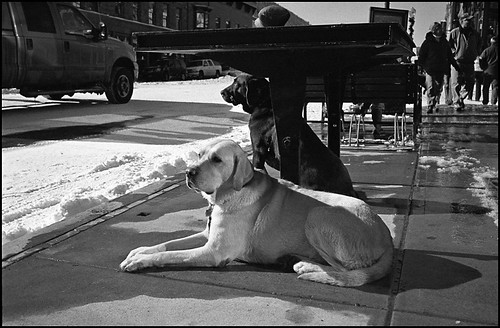Here is your "one stop shop" for push processing discussion. For those that don't know what push processing is, it's when you increase film speed via development. This is usually done by developing your film for longer than normal. Please feel free to use this thread to discuss film, developers, techniques, etc.
Here is the discussion that "inspired" this thread:
Originally Posted by photophorous
Originally Posted by Xia_Ke
Originally Posted by photophorous




 LinkBack URL
LinkBack URL About LinkBacks
About LinkBacks
 Reply With Quote
Reply With Quote





